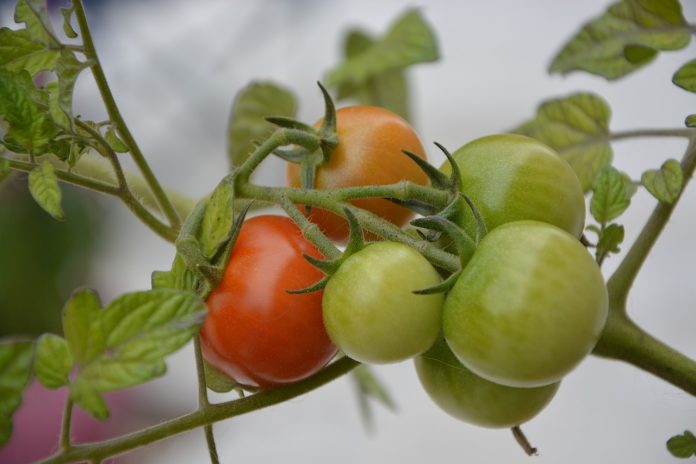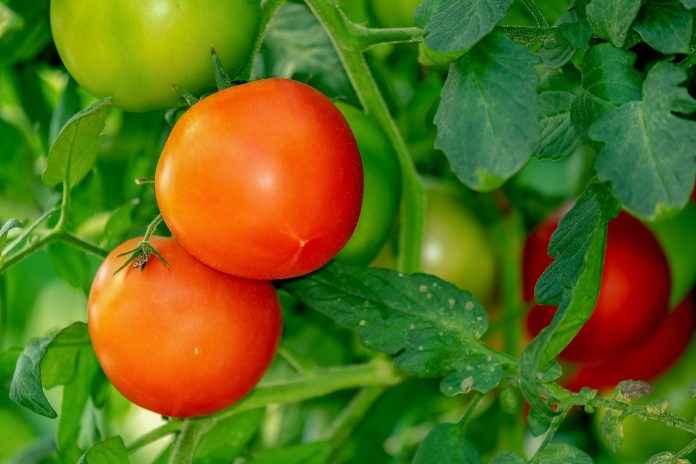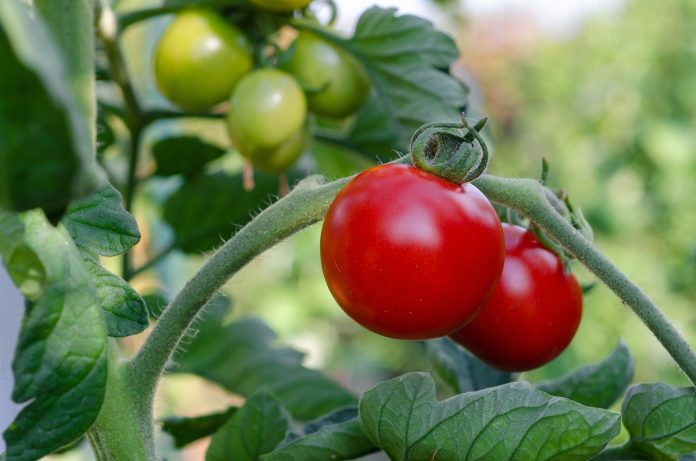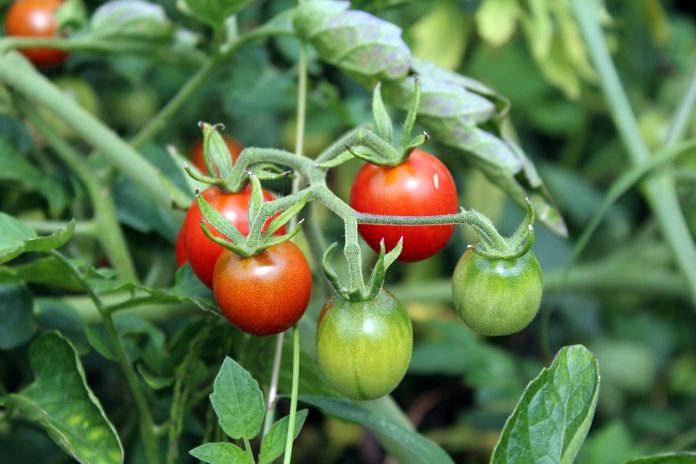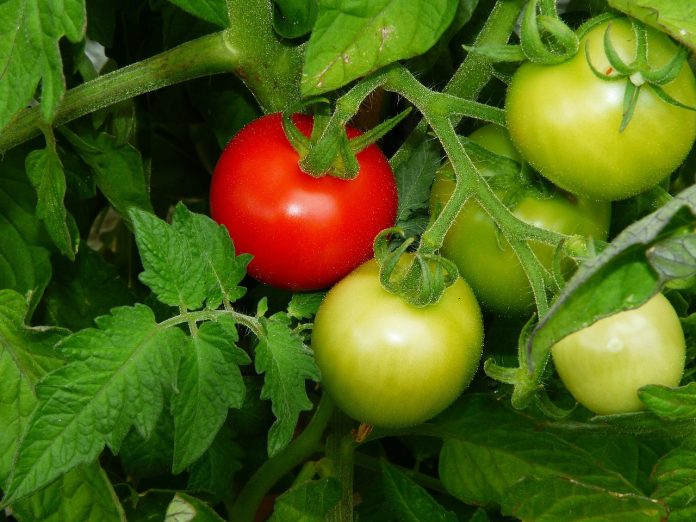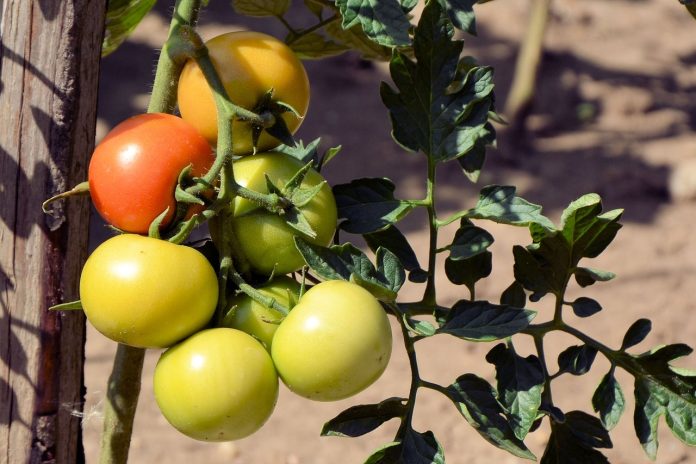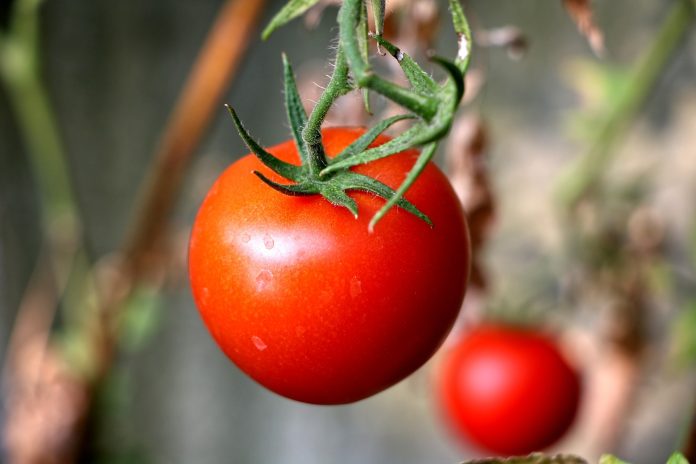The world needs sustainable and organic solutions now more than ever because of problems like overfertilization, biodiversity loss, and environmental degradation. With its novel approach to organic nutrition management, Merlyn Nutrex stands out as a force for change that has the potential to completely alter the way we farm crops.
The solubility power
Merlyn Nutrex stands out for its exceptional water solubility and high bio-availability. This indicates that the plant system can easily absorb every drop of this nutrient powerhouse, guaranteeing maximal benefit and optimal usage. Magnesium, a powerful element that affects energy metabolism, protein and carbohydrate synthesis, immune system maintenance, and ATP synthesis, is one of Merlyn Nutrex‘s many qualities. It’s a game-changer, not just a vitamin.
Bringing back soil fertility
One notable feature of Merlyn Nutrex is its capacity to replenish soil fertility, giving crops the nutrition, they require. For farmers trying to increase crop vitality and output in a world where soil health is frequently damaged, this product is a lifesaver.
What sets it apart?
Merlyn Nutrex satisfies the strictest organic farming requirements set forth by the European Commission Regulations and Japanese Agricultural Standards, making it an ECOCERT ATTESTED product. This accreditation, which is in line with environmentally responsible and sustainable farming methods, guarantees that consumers can rely on the product’s authenticity and purity.
Dosage guidelines
The suggested dosage of Merlyn Nutrex for foliar application is 70 to 80 ml per acre, or 0.25 to 0.35 ml per litre. Notably, this organic powerhouse is a versatile addition to current farming techniques because it blends in smoothly with synthetic or chemical fertilizers like urea, DAP, MOP, SSP, etc.
Compatibility and Storage
It’s essential to keep Merlyn Nutrex‘s package tightly sealed and store it in a cool, dark place to maintain its effectiveness. Expert advice: Merlyn Nutrex works incredibly well in tandem with other UAL solutions, particularly when it comes to UAL Pest and Disease management.
Adaptability throughout crops
Merlyn Nutrex is a flexible and essential partner for organic nutrient management, regardless of the crops you’re growing—chilli, watermelon, bananas, turmeric, tomatoes, soybeans, and many more.
Realizing the potential of crops
Merlyn Nutrex is more than just a product; it’s the key to using organic nutrient management to help your crops reach their maximum potential. It gives farmers the tools they need to grow food responsibly, improving the environment and paving the way for a more successful agricultural future.
With Merlyn Nutrex, embrace the future of agriculture and see how it transforms the environment and your crops.

